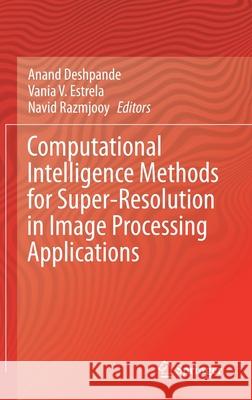Computational Intelligence Methods for Super-Resolution in Image Processing Applications » książka
topmenu
Computational Intelligence Methods for Super-Resolution in Image Processing Applications
ISBN-13: 9783030679200 / Angielski / Twarda / 2021 / 305 str.
Computational Intelligence Methods for Super-Resolution in Image Processing Applications
ISBN-13: 9783030679200 / Angielski / Twarda / 2021 / 305 str.
cena 726,29
(netto: 691,70 VAT: 5%)
Najniższa cena z 30 dni: 693,97
(netto: 691,70 VAT: 5%)
Najniższa cena z 30 dni: 693,97
Termin realizacji zamówienia:
ok. 22 dni roboczych
Dostawa w 2026 r.
ok. 22 dni roboczych
Dostawa w 2026 r.
Darmowa dostawa!
Kategorie:
Kategorie BISAC:
Wydawca:
Springer
Język:
Angielski
ISBN-13:
9783030679200
Rok wydania:
2021
Wydanie:
2021
Ilość stron:
305
Waga:
0.62 kg
Wymiary:
23.39 x 15.6 x 1.91
Oprawa:
Twarda
Wolumenów:
01
Dodatkowe informacje:
Wydanie ilustrowane











